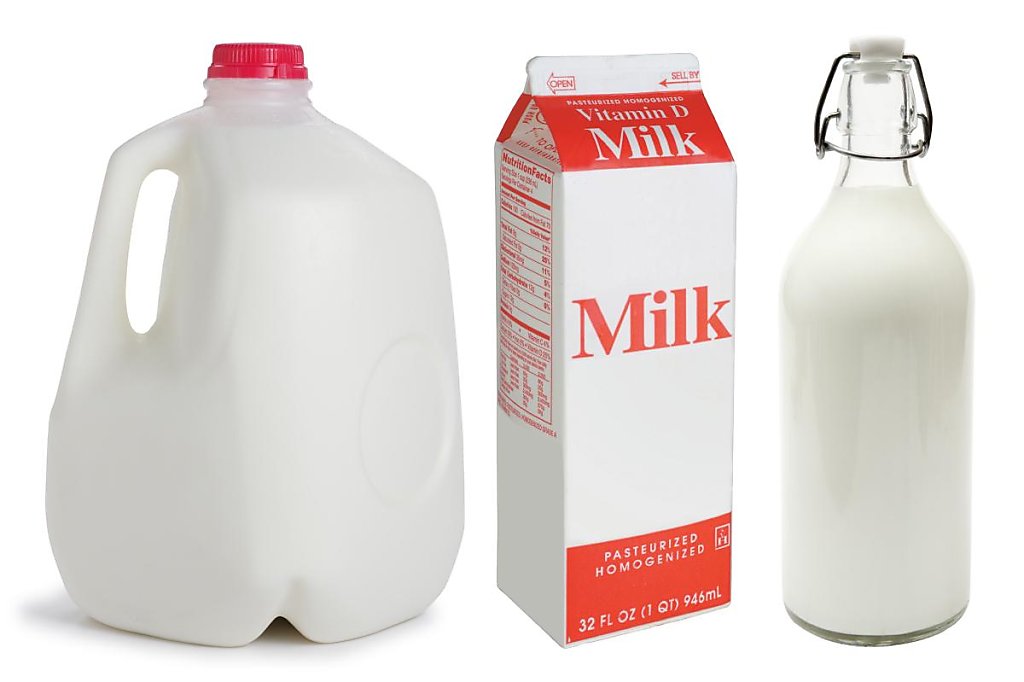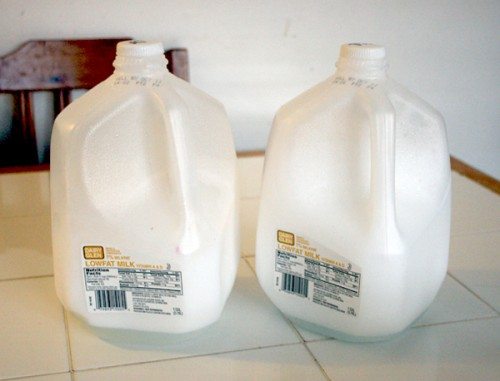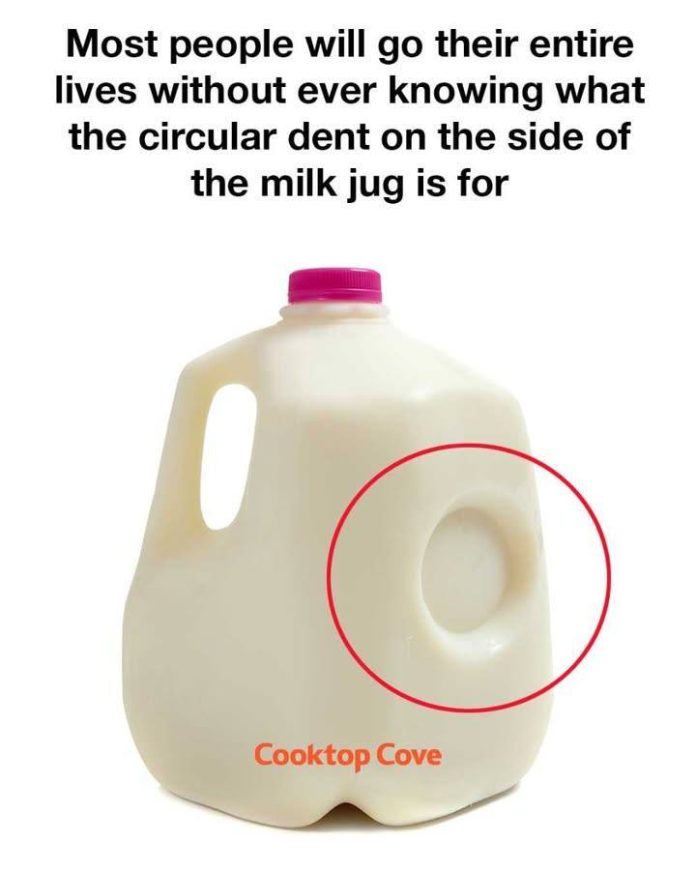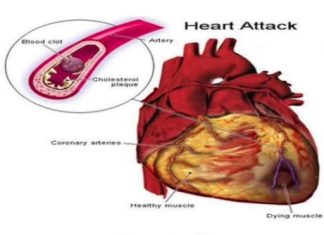Have you ever noticed the circular indentation on the side of a plastic milk jug and wondered what it’s for? At first glance, it might seem like a strange design choice or even a manufacturing flaw. However, this small detail actually serves several practical and safety-related purposes. The dent, often referred to as a “flexible expansion panel,” is a clever feature built into the jug for very specific reasons.
Pressure Regulation: A Safety First Design
The primary function of the circular dent is to help the jug manage internal pressure changes. Milk jugs are usually stored in cold environments — refrigerators, warehouses, and delivery trucks. When the temperature around the jug changes, the contents inside expand or contract. If the jug didn’t have a flexible area like the dent, expanding milk or air pressure could cause the container to bulge, crack, or even leak. The indent acts as a “pressure buffer” that flexes outward or inward depending on internal pressure. This helps maintain the structural integrity of the jug and prevents messes or contamination.

Protection Against Impact
Another important reason for this design is to protect the jug from external impacts. Whether the jug is dropped, stacked, or jostled during transport, the dent absorbs some of the force and minimizes the risk of the plastic cracking. Think of it as a built-in shock absorber. Plastic milk jugs are relatively thin, and while they’re made from durable high-density polyethylene (HDPE), they still need support to handle rough handling. The circular dent gives the jug a bit more resilience in the face of common accidents.
Leak Detection Mechanism
Interestingly, the dent can also serve as an indicator for potential leaks. If the dent is bulging outward when you take a jug off the shelf, it could mean that pressure is building up inside — sometimes a sign of bacterial growth or spoilage, especially if the milk is near or past its expiration date. Similarly, if the dent is severely caved in, it might suggest that the jug has been exposed to freezing temperatures and the milk inside could have expanded and partially frozen. Either way, the dent acts as a subtle visual clue to help you assess the condition of the milk before purchase or use.
Space-Saving Efficiency
The shape of milk jugs, including the dent, also contributes to efficient stacking and storage. When packed together, the indentations provide slight clearance between jugs, helping prevent vacuum seals or friction that could make them hard to separate. This is especially helpful in large-scale distribution and grocery store shelving. Moreover, the dented structure allows for a more rigid form without using more plastic, making the jug stronger without increasing material costs or weight.
Environmental Considerations
By incorporating the dent, manufacturers can use less plastic while still ensuring durability and stability. This results in lighter packaging, which reduces transportation costs and carbon emissions. It’s a small detail that supports sustainability on a larger scale — less waste, less energy, and more efficient logistics.

Conclusion: A Small Dent with a Big Purpose
The next time you pick up a gallon of milk, take a moment to appreciate the design behind it. That circular dent on the side isn’t just cosmetic — it’s a multifunctional feature that helps with pressure control, structural support, leak detection, and even environmental sustainability. It’s a great example of how small design choices can make a big impact in our everyday lives.

















